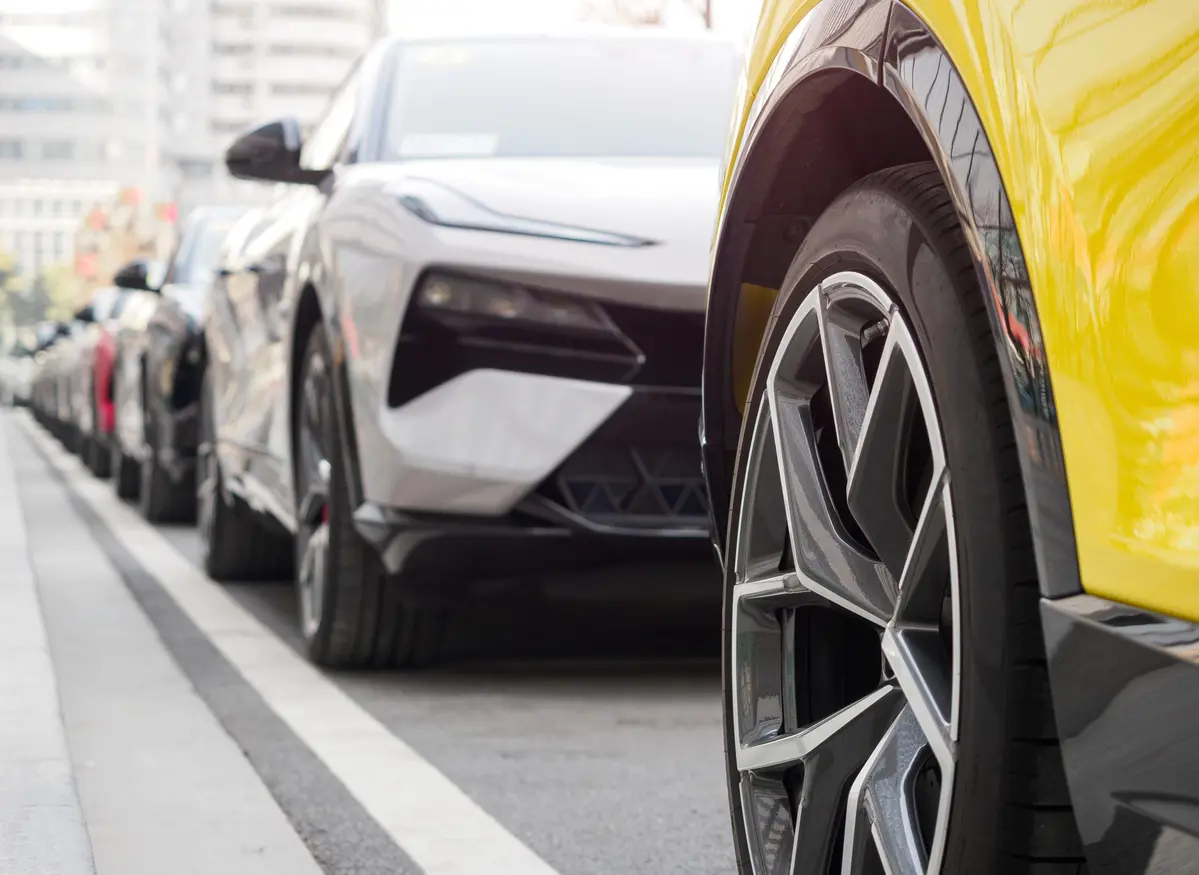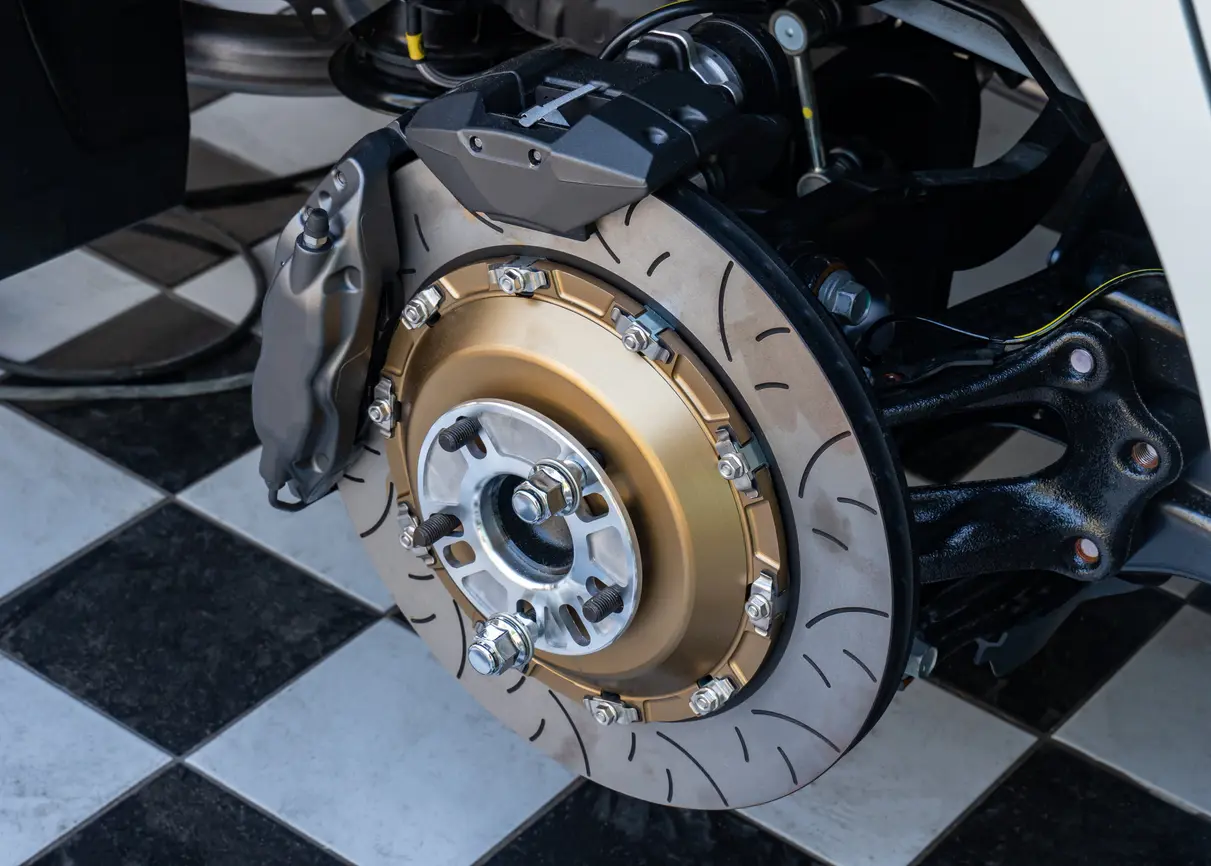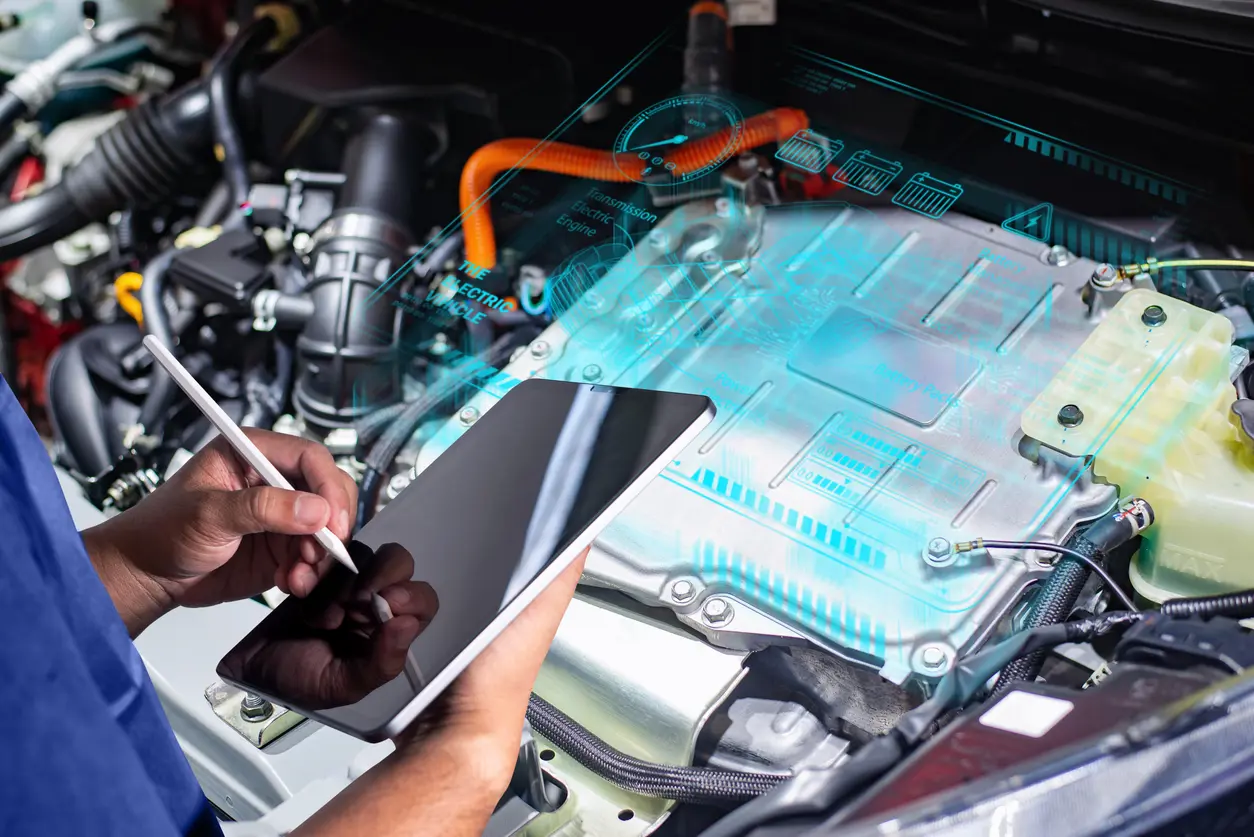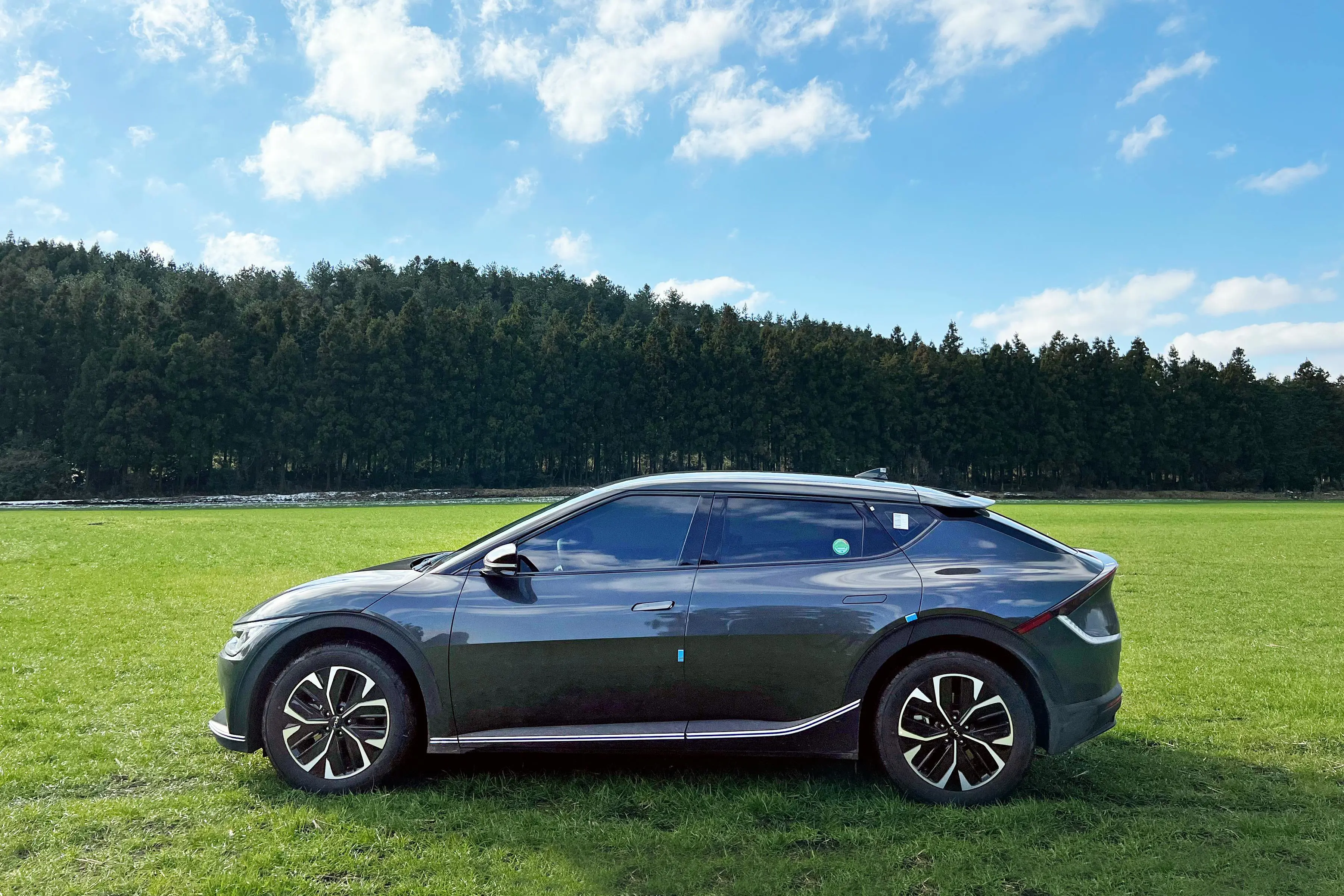Battery
The biggest difference between an ordinary gas-powered vehicle and an electric-powered one is the battery. Gas-powered cars have lead-acid batteries, whereas EVs rely on lithium-ion batteries. You don’t need to do much to maintain an EV battery, but you still need to pay attention to how it behaves, especially in the winter.
Batteries are highly sensitive to temperature, which is a concern for many Canadian drivers. You can extend EV battery life in winter by letting it warm up while connected to the power grid via the charger.
Many electric cars also have a departure mode that allows the driver to set the exact time they want the vehicle to be ready. This mode will heat the cabin, warm the batteries, and even defrost the windows all while drawing power from the grid, thus preserving battery range.
EVs don’t have a cooling system for the motor, but they do for the battery. The air conditioner keeps the battery cool in hot weather, and an auxiliary electric heater warms it in the cold. As with a gas-powered car, the cooling system uses liquid coolant, so you’ll need to watch for leaks and top up the fluid as needed.
EV batteries typically last 10 to 20 years. To keep your battery in good health, keep it charged between 20% and 80%.
Braking Systems
Unlike gas-powered cars, EVs rely on regenerative braking to both stop the vehicle and power the motor. In the winter, however, you’ll need to rely on regular hydraulic brakes when driving, as well, because regenerative braking is less effective on icy, Canadian roads. If you stop suddenly, your EV will switch to regular braking.
Giving the regenerative braking system this rest means the hydraulic brakes will need more attention. Brake pads typically last a long time on an electric vehicle, but the brake calipers should be cleaned and lubricated regularly to function correctly.
Range Measurements
One of the major deterrents of EVs is that their range decreases in the winter. Cold weather can slow the chemical reactions that occur inside the battery bank, resulting in lower charging and output levels. Today, many electric vehicles have ranges of over 400 km, eliminating a lot of range anxiety. Alternatively, opting for a hybrid vehicle gives you access to two forms of fuel.
Keep a 110V portable charger in your winter emergency kit. If you run out of power on the road, remember that towing an EV often requires a flatbed truck since the motor won’t disengage like in a gas-powered vehicle.
More maintenance tips
A few other maintenance tasks for gas-powered vehicles also apply to EVs. Here are a few tasks you should still complete:
- Keep your windshield washer fluid topped up and switch to a winter mixture when the temperature drops.
- Replace windshield wipers every six months, alternating between a summer pair for rain and a winter pair for snow and ice.
- Change tires to a winter set to keep your tire pressure lower to increase cold-weather traction.
- And, just like a regular car, keep your EV clean by washing it every two weeks.
For more information on EV maintenance, chat with a knowledgeable expert/technician at a NexDrive service centre.
Other Resources

Why do electric car tires wear out so fast?
EV tires experience increased tread wear because of instant torque and unsprung weight. Learn why electric vehicles lead to worn-out tires and how to extend the lifespan of EV tires with proper maintenance.

Why regenerative braking is bad for your brake pads
Regenerative braking improves energy efficiency, but can cause brake pad issues because of reduced mechanical brake use. Learn how to maintain your brake system and prevent costly repairs in this article.

Does an EV need regular general maintenance?
Although EVs require less maintenance than gas-powered vehicles, they still need regular care. Learn about battery health, brake maintenance, and more here.
